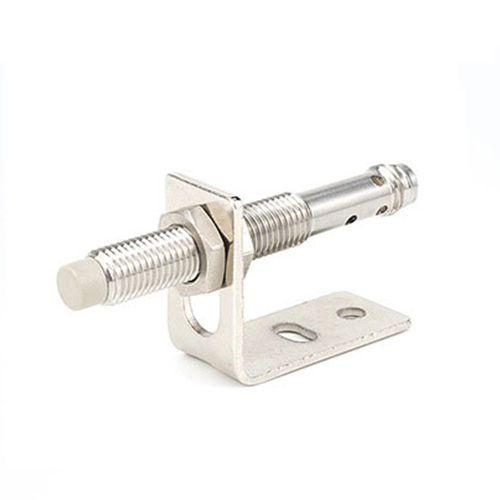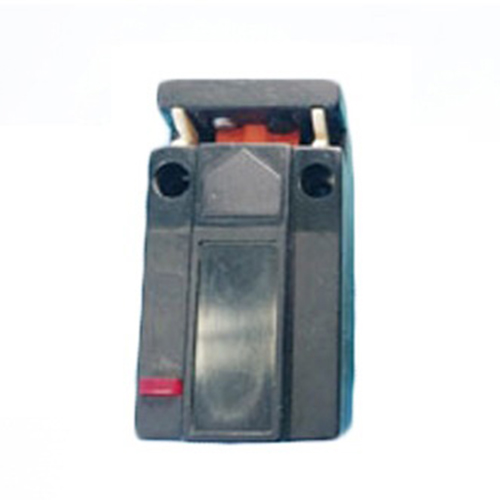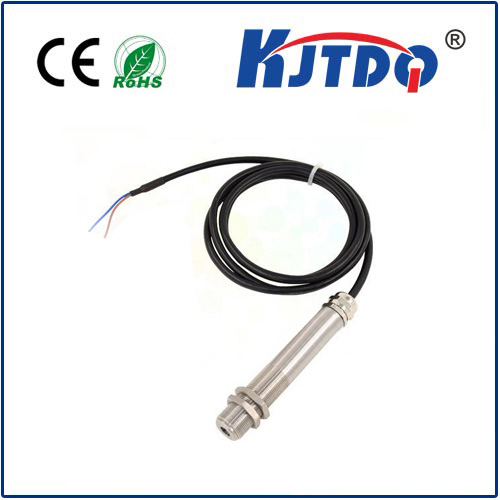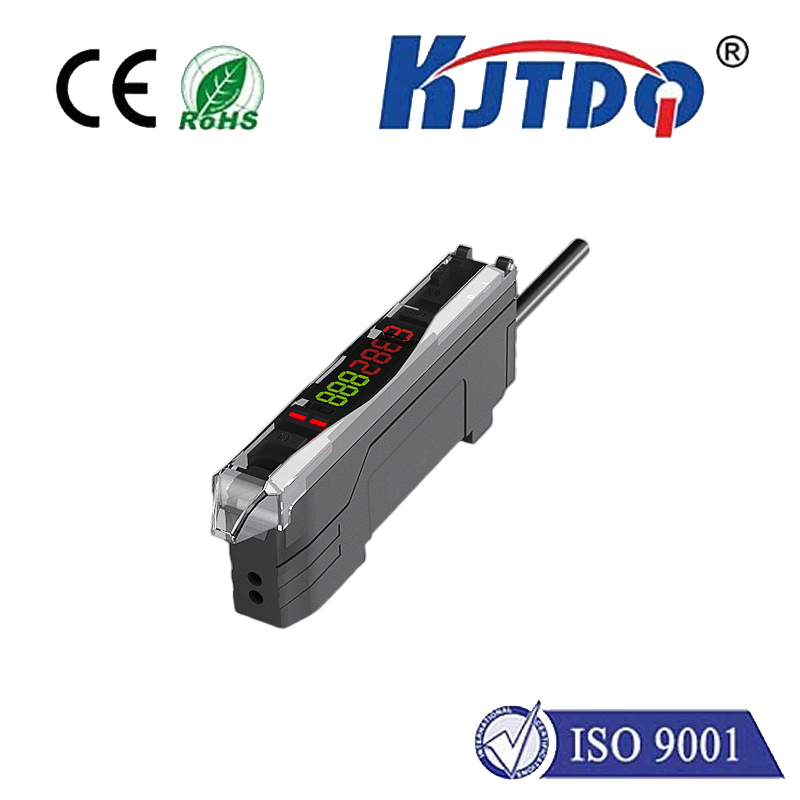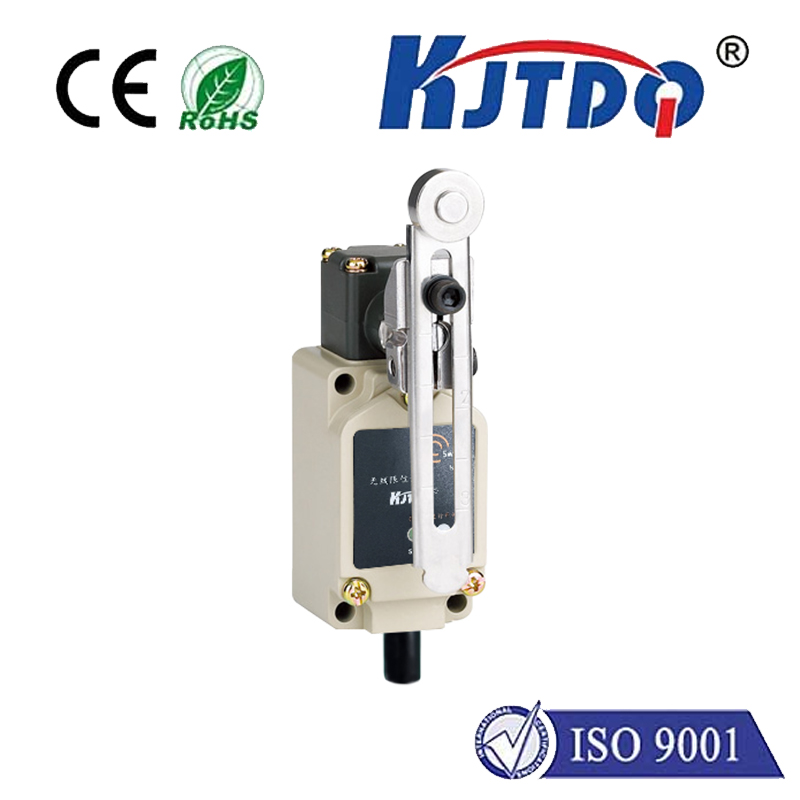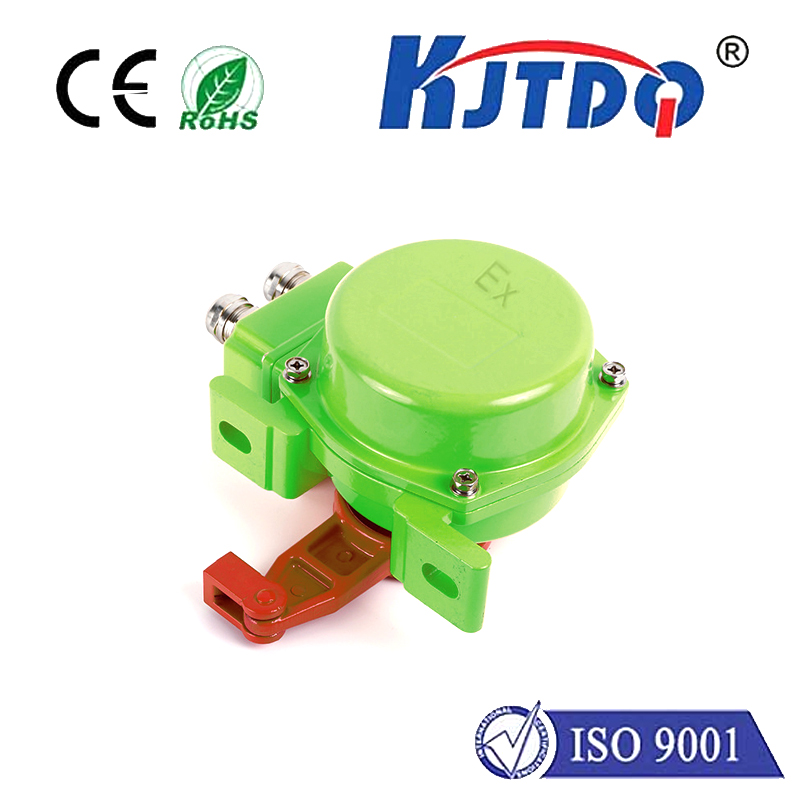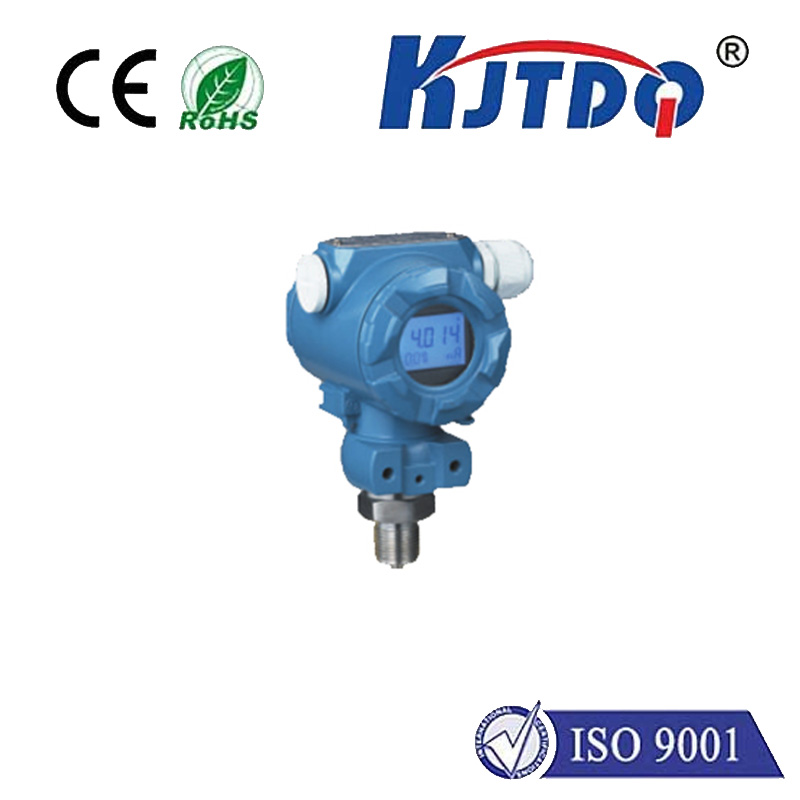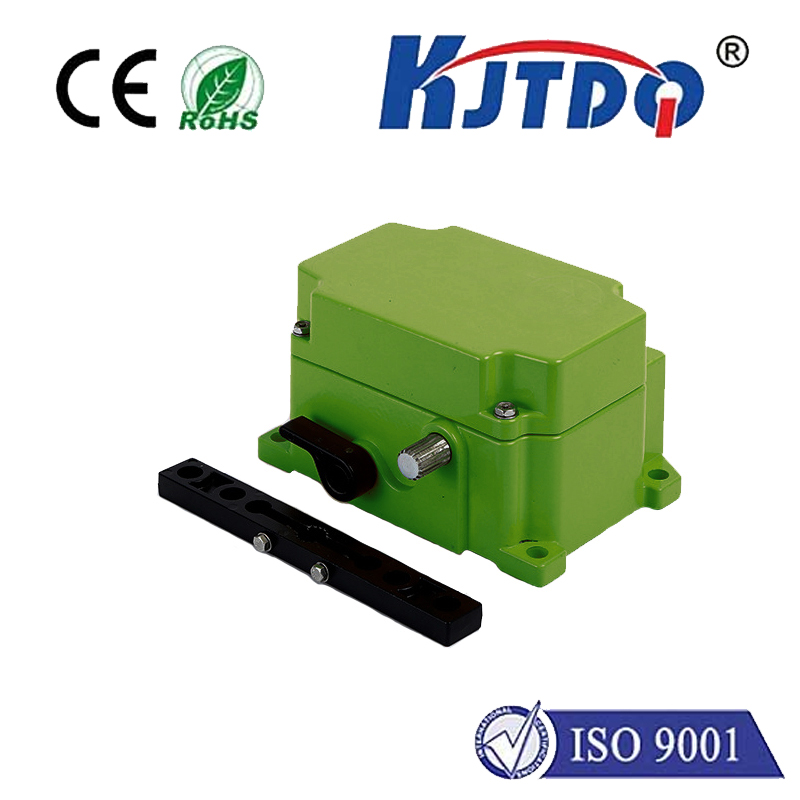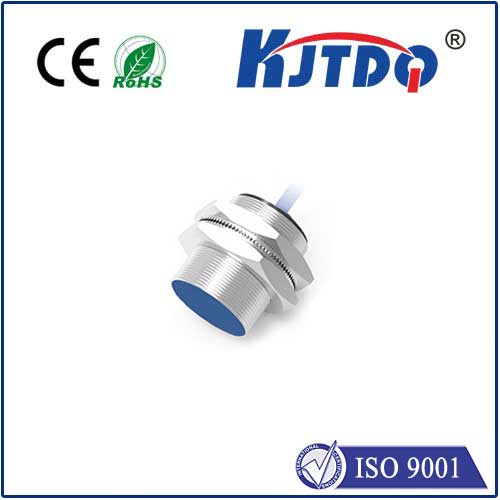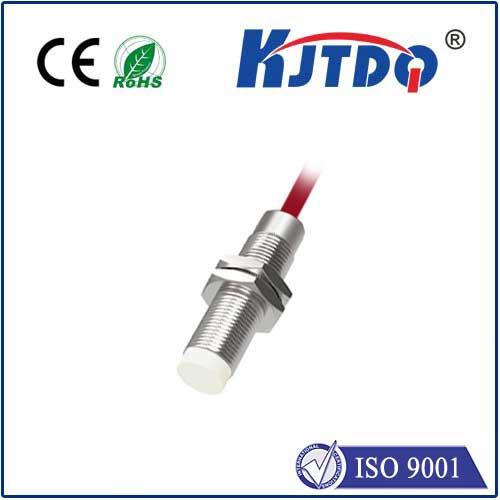

check

check

check

check

check

check

check

check

check

check
In the rapidly evolving world of technology, terms like “proximity” often come up. It is a concept that can be applied to various fields, including computing, engineering, and telecommunications. When discussing wired technology, the term “proximity 2 wire” emerges as a fascinating subject that warrants exploration. In this article, we will delve into the significance of proximity in the context of wired systems, its implications, and how it shapes the way we interact with electronic devices on a daily basis.
Proximity, in the realm of wired technology, generally refers to the physical closeness of wires to each other or to other components within an electronic system. This proximity plays a crucial role in determining the performance, efficiency, and even the safety of the system. When wires are placed too close together, they might interfere with each other’s signals, a phenomenon known as crosstalk. Conversely, maintaining an optimal distance can enhance signal integrity and reduce noise.
Managing proximity in wired systems is essential for several reasons:
Signal Integrity: Proper distance between wires helps maintain clear and strong signals, reducing the likelihood of data corruption.

Efficiency: Optimal spacing can minimize power loss and improve the overall efficiency of the transmission line.
Safety: Adequate separation prevents short circuits and other hazardous conditions, ensuring the safety of both the users and the equipment.
Durability: By managing proximity effectively, the wear and tear on wires can be reduced, extending the lifespan of the system.
Despite its importance, managing proximity in wired systems comes with its set of challenges. As technology advances, the demand for higher data rates and more compact designs grows, making it difficult to balance proximity with other design requirements. However, several innovations have emerged to address these challenges:
Advanced Materials: Using high-quality insulating materials can help reduce interference even when wires are close together.
Shielding Techniques: Applying shields around wires can mitigate the effects of electromagnetic interference (EMI), allowing closer proximity without compromising performance.
Printed Circuit Boards (PCBs): PCBs enable precise control over wire placement, allowing for efficient routing and optimized proximity management.
Cable Management Solutions: Tools and accessories designed to organize and route cables can help manage proximity effectively, especially in dense environments like server rooms and data centers.
The concept of proximity in wired technology encompasses more than just physical space; it is about optimizing performance, ensuring safety, and pushing technological boundaries. As devices become more sophisticated and our reliance on wired systems continues to grow, understanding and managing proximity will remain a critical aspect of engineering and design. By embracing innovations and adopting best practices in proximity management, we can continue to develop wired systems that are not only efficient and reliable but also safe and sustainable.
